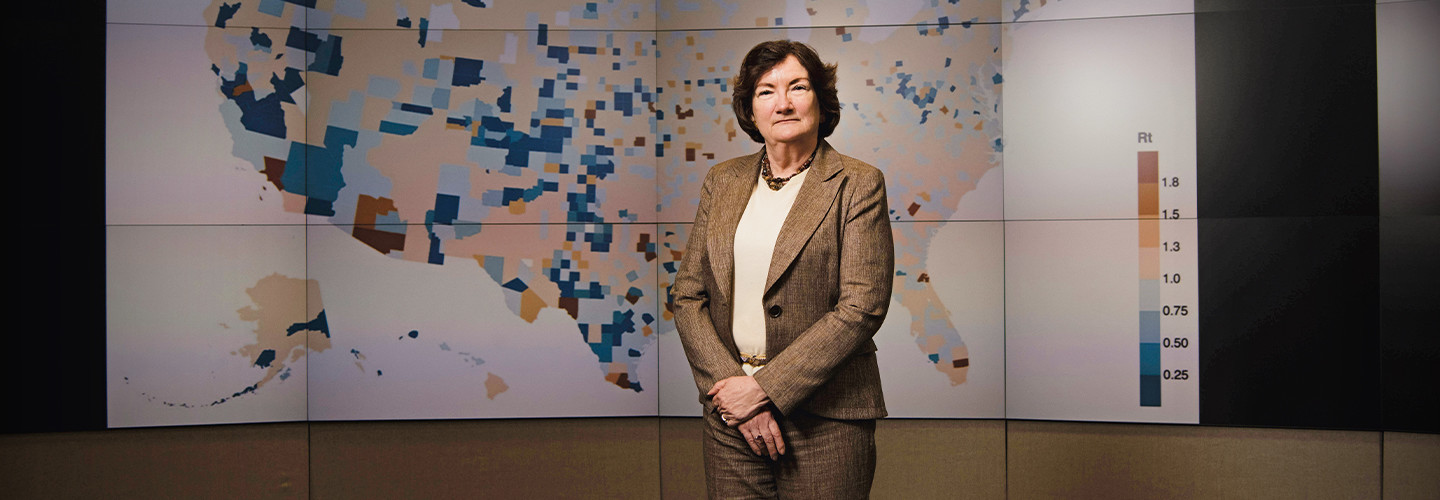The pandemic led some agencies to make wholesale changes, such as permanently expanding telework or artificial intelligence initiatives, while others are leaving more subtle remnants of the pandemic.
For instance, while the U.S. Supreme Court switched back from teleconference to in-person hearings in October, it began providing a live audio feed of oral arguments.
“I think both leaders and supervisors found themselves in a position where they had to say yes to a lot of innovations that they previously might have said, ‘Let’s look at that over the next several years,’” says Loren DeJonge Schulman, vice president of research and evaluation at the Partnership for Public Service. “And not only did nothing bad happen, it was wildly successful.”
RELATED: Federal agencies are developing new ways to collaborate with each other.
Energy Department Lab Fosters Collaboration
What’s extraordinary about the NVBL, explains Buchanan, is that it has “one front door,” meaning all 17 national laboratories worked together. There was an executive committee that met each day and had regular check-ins with the five project leads, who also met daily with their teams. To do that, the labs leaned heavily on collaboration tools such as videoconferencing, chat and file sharing applications.
“National laboratories always had been hotbeds of collaboration. That’s just part of our DNA,” says Buchanan, who was the deputy director for science and technology at Oak Ridge National Laboratory in Tennessee but is on assignment to the Department of Energy Office of Science as a senior technical adviser to the deputy director for science programs.
“But it’s different when you’re working on a telephone or you’re working on email versus having somebody’s face in front of you and brainstorming together in real time,” she says.
Because different organizations were involved in the NVBL, they didn’t choose a single platform for the initiative. “We gave the project leads a lot of latitude as to how they managed it,” says Buchanan.
“Ten years ago, I’m not sure you could have pulled this off,” she adds. “I don’t think, frankly, the whole country would have gotten through this mess without these web-based communication tools.”
After asking other agencies, universities and industry leaders about the sources of their biggest bottlenecks, the labs focused their energies on five missions: finding potential treatments for the virus; addressing medical supply shortages; developing and verifying COVID-19 testing methods; predicting the disease’s spread; and studying how the virus moves through buildings and the environment.










